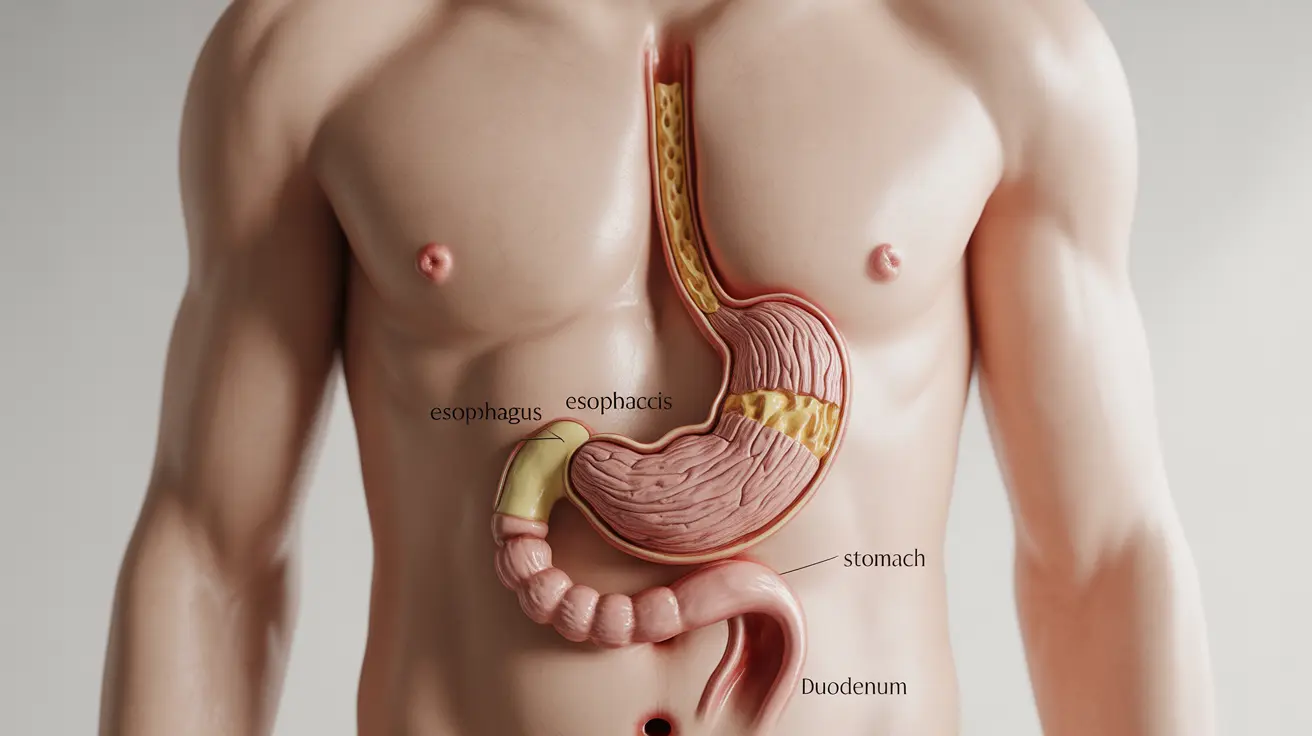Ovulation is a crucial phase of the female reproductive cycle that plays a vital role in fertility and overall reproductive health. This natural process occurs when a mature egg is released from one of the ovaries, making its journey through the fallopian tube where it becomes available for fertilization. Understanding ovulation is essential for anyone looking to conceive or better manage their reproductive health.
Whether you're planning for pregnancy or simply want to understand your body better, knowing the ins and outs of ovulation can provide valuable insights into your menstrual cycle and fertility window. Let's explore the key aspects of ovulation, including its timing, signs, and significance in reproductive health.
The Science Behind Ovulation
During each menstrual cycle, hormonal changes trigger the development and release of an egg from the ovaries. This process typically occurs once per cycle, although some women may occasionally release multiple eggs within a 24-hour period. The primary hormones involved include follicle-stimulating hormone (FSH) and luteinizing hormone (LH), which work together to mature and release the egg.
The egg's release marks the beginning of the most fertile period in a woman's cycle. Once released, the egg remains viable for approximately 24 hours, during which fertilization can occur if sperm is present.
Timing and Duration of Ovulation
In a typical 28-day menstrual cycle, ovulation usually occurs around day 14, counting from the first day of your last period. However, cycle lengths can vary significantly among women, and ovulation timing may differ accordingly. The actual ovulation process itself lasts only a few minutes, but the fertile window extends several days before and after the egg's release.
The Fertile Window
The fertile window typically includes the five days before ovulation and the day of ovulation itself. This extended period of fertility is possible because sperm can survive in the female reproductive tract for up to five days under optimal conditions.
Common Signs and Symptoms of Ovulation
Your body often provides several indicators that ovulation is approaching or occurring. These physical signs can include:
- Changes in cervical mucus, becoming clearer and more elastic
- Mild cramping or twinging pain on one side of the lower abdomen
- Increased sex drive
- Slight rise in basal body temperature
- Breast tenderness
- Heightened sense of smell
Tracking and Monitoring Ovulation
Several methods can help you track and predict ovulation:
- Ovulation prediction kits that detect LH surge
- Basal body temperature charting
- Cervical mucus monitoring
- Fertility tracking apps
- Calendar tracking
Impact on Fertility and Family Planning
Understanding ovulation is crucial for both achieving and preventing pregnancy. For those trying to conceive, timing intercourse during the fertile window significantly increases the chances of pregnancy. Conversely, those seeking to avoid pregnancy can use this knowledge as part of their family planning strategy, though additional contraceptive methods are typically recommended.
Frequently Asked Questions
What is ovulation and how does it fit into the menstrual cycle? Ovulation is the release of a mature egg from the ovary, occurring approximately midway through the menstrual cycle. It's a crucial part of the cycle that follows the follicular phase and precedes the luteal phase, making conception possible.
What are the common signs and symptoms that indicate ovulation is happening? Common signs include changes in cervical mucus, mild abdominal pain (mittelschmerz), increased libido, and a slight rise in basal body temperature. Some women may also experience breast tenderness and heightened sense of smell.
When does ovulation typically occur during a menstrual cycle and how long does it last? Ovulation typically occurs around day 14 in a 28-day cycle, though this can vary. The actual release of the egg takes only a few minutes, but the egg remains viable for about 24 hours.
How can understanding ovulation help with getting pregnant or preventing pregnancy? Knowledge of ovulation timing helps identify the fertile window, which is crucial for pregnancy planning. Understanding this timing can help couples optimize their chances of conception or avoid unplanned pregnancy when used with appropriate contraception.
What hormonal changes trigger ovulation and why is it important for reproductive health? Ovulation is triggered by a surge in luteinizing hormone (LH), following a gradual rise in follicle-stimulating hormone (FSH). This process is essential for reproductive health as it enables fertility and helps maintain hormonal balance throughout the menstrual cycle.




